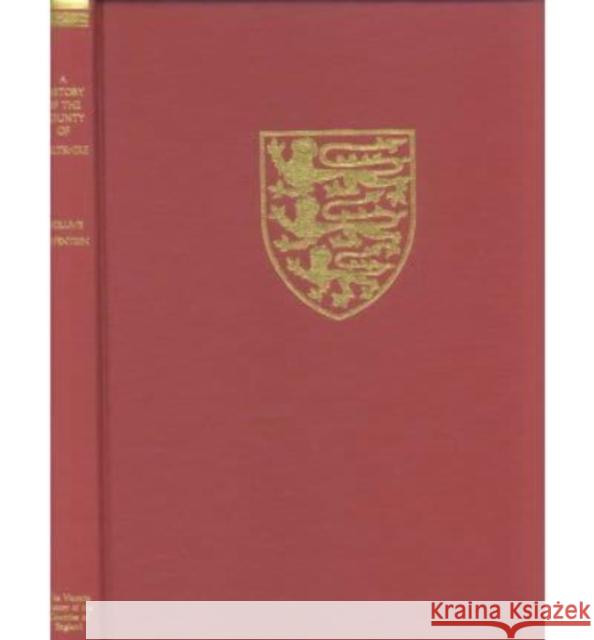A History of Wiltshire: XVII: Calne » książka
A History of Wiltshire: XVII: Calne
ISBN-13: 9781904356011 / Angielski / Twarda / 2002 / 254 str.
Calne, a small town in north Wiltshire, stood on a large royal estate, and the witan met there - St Dunstan survived the partial collapse of a building at one meeting. It sent members to parliament from the thirteenth century, and it became a pocket borough in the eighteenth. The town stands on what until 1971 was the main London to Bristol road; markets and fairs were held, and inns flourished. It was also industrial: water-powered mills were used for fulling, and from the sixteenth century to the 1840s it was a centre for cloth making. The topography of the town, its growth, government and cultural life are fully explored, and churches, chapels and schools discussed. In Calne's hinterland most settlement was in small villages with open fields and commonable pastures. Bowood park was inclosed from the forest c.1618 and Bowood House was built in the park c.1727. The house, the changes to it by Robert Adam and others, and the redesigning of its park by 'Capability' Brown are fully described. In the nineteenth century many estate cottages were built. For the places around Calne the history of the settlement and churches in each village, the manorial descents, and the evolution of farming and farms are all traced, and there are architectural descriptions of the churches.D.A.CROWLEY is County Editor, Victorial History of Wiltshire.











